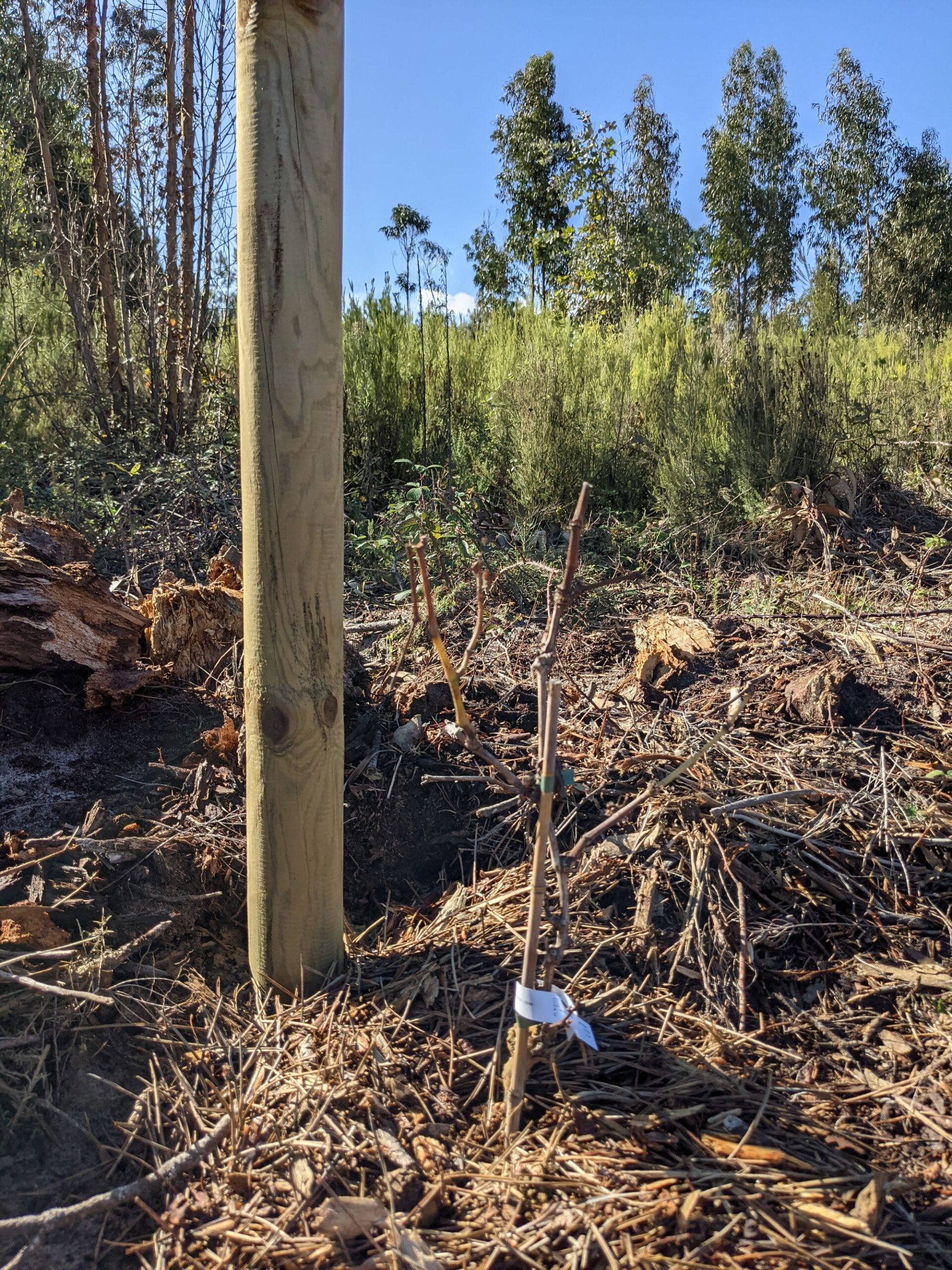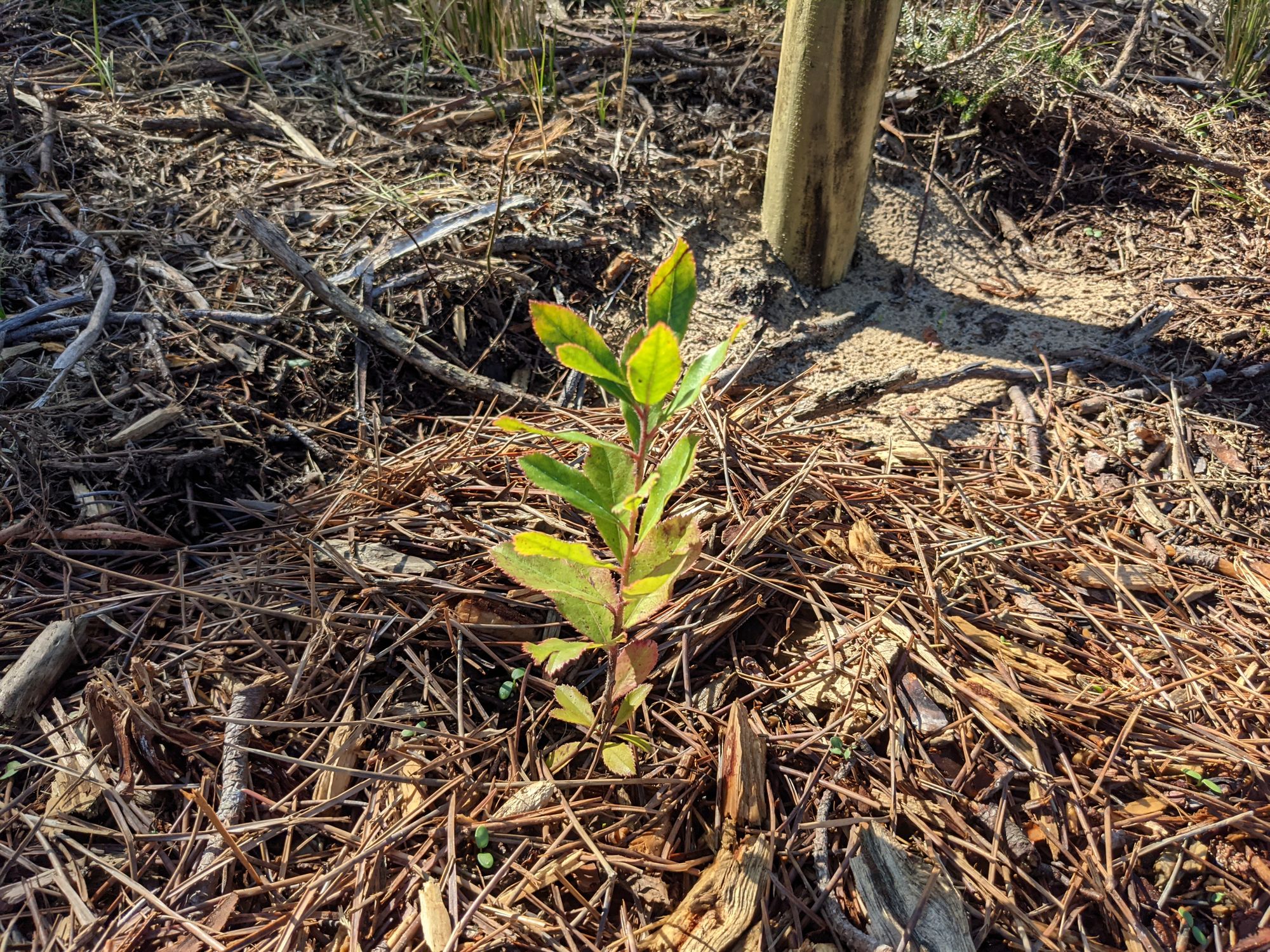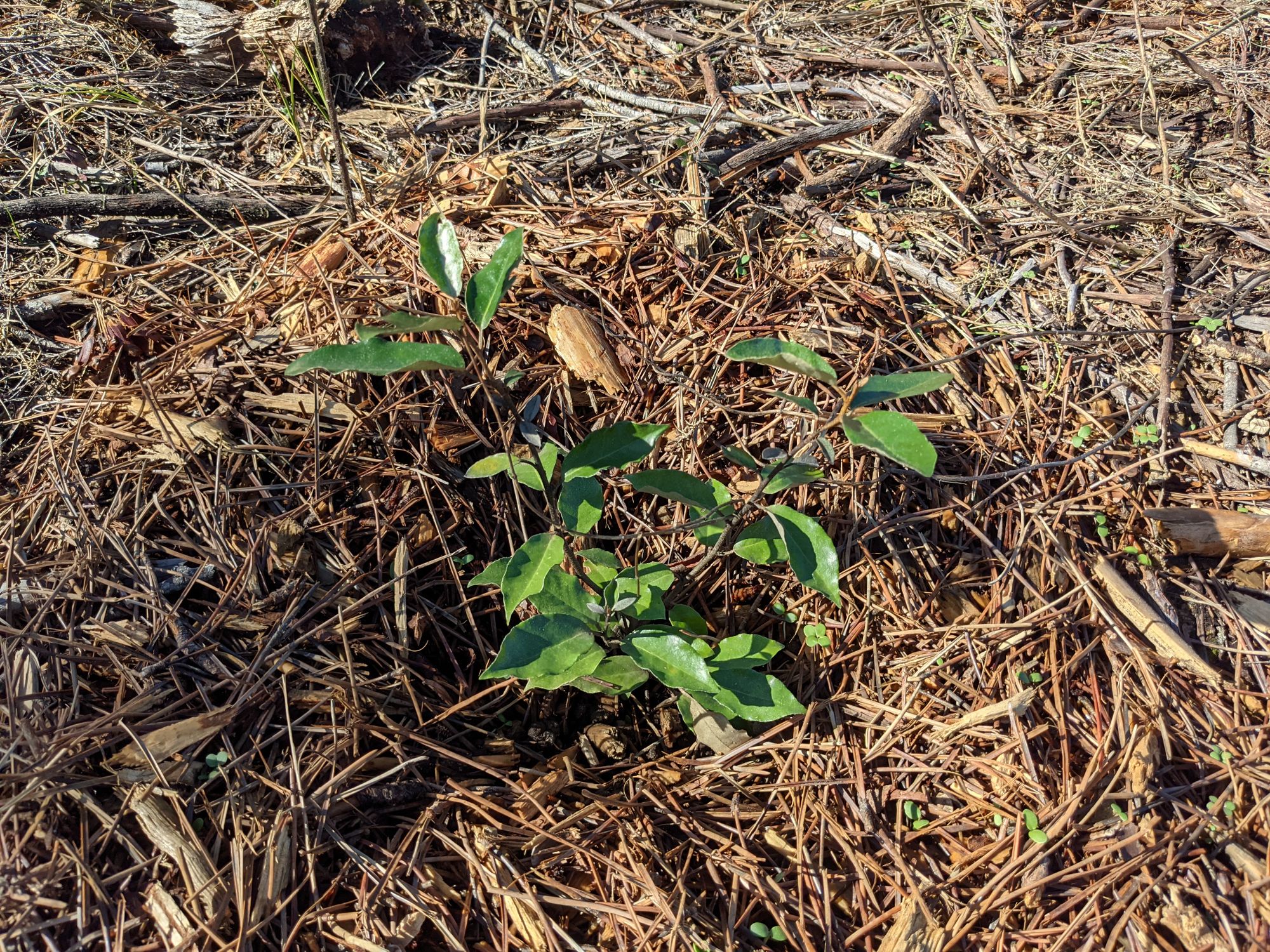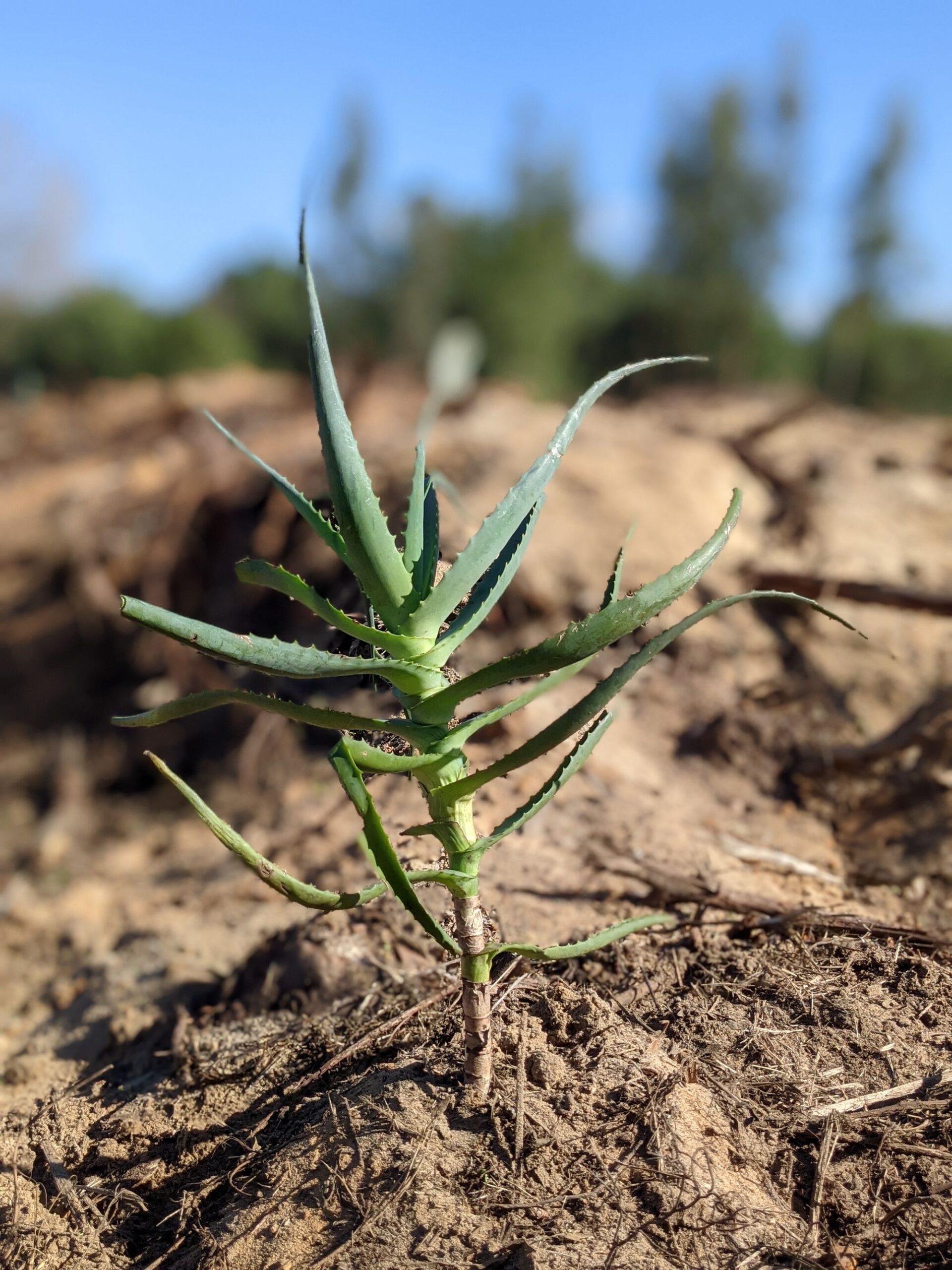Wildfires are unfortunately a common occurrence in Portugal. They have caused massive damage to life and property, and the underlying causes are as interesting as they are upsetting.
When we moved here the risk seemed too small to worry about given that:
- We’re less than 2km from the ocean, with its high humidity and general lack of tendency to catch on fire
- We’re mostly surrounded by the town and a well-maintained railway line, also unlikely sources or spreaders of fire
- Most importantly, the prevailing wind (from the ocean, north / northwest) blows towards the bordering forest. Should a wildfire reach nearby, it would be going against and be pushed back by the wind.
However, as we learned and observed more the risk now seems higher:
- Wildfires can and do regularly occur along the coast nearby, even in places much closer to the water.
- The Eucalyptus forest plots bordering us to the south are poorly maintained and have a high fire fuel load from overgrown brambles, gorse, and dry Eucalyptus bark and branches.
- Most importantly, the wind regularly (though rarely) changes to a warm, dry one from the south. Should the forest catch on fire, the southerly wind would help it spread and bring it to our doorstep.
In Permaculture terms, this means that we have a fire sector to address in the design.

The house is thankfully at the opposite end of the plot. To protect the garden, we planned and (so far, only partially) implemented several measures:
Water

Done
Two of the three ponds are located close to the southern edge, acting as non-combustible buffers and preventing surrounding vegetation from drying.
Planned
The drain pipe from the south pond will run down the slope and parallel to the south fence, allowing us to soak the area without relying on electricity and pumps when the risk of fire is high.
A water supply pipe will reach around the property suspended on the fence poles we already placed on the boundary line. On it, regularly placed water taps will enable irrigation to prevent drying out and firefighting should it be necessary and possible.
Sprinklers to be located on the south fence and fed by the perimeter water pipe will also enable soaking the area when the risk of fire is high, if electricity is still available and the water pumps are operational.
Access
The west swale can be reached from the road and is wide enough to allow a fire truck to drive through. As the trees grow it will be difficult or impossible for it to reach all the way to the south fence, but it should still manage to get close enough for an effective response if necessary.
Immediately next to the first line of plants along the south fence, a 1-1.5m wide path allows easy access for firefighting and also serves as a fire gap.
Vegetation

Done
During the earthworks, we cleared the vegetation along the south fence. The Eucalyptus roots were destroyed so they won’t come back, but the brambles and gorse will require ongoing cleaning for a while until the vegetation we planted establishes and takes over.
Like most of the perimeter, the south fence only has poles. We’re relying on bushes and trees to grow into a living fence that nourishes and allows us and wildlife to squeeze through when needed. The southern living fence consists of plants that are fire retardant and/or fast growing:
- Grapevines (Videira / Vitis spp.), to be trained on support wires from pole to pole
- Strawberry tree (Medronheiro / Arbutus unedo)
- Ebbing’s silverberry (Elaeagnus × ebbingei)
- Bay laurel (Loureiro / Laurus nobilis)
- Laurustinus (Folhado-comum / Viburnum tinus)



After the fence line and the fire gap path there’s a line of succulents planted with multiple species of aloe.



We had also planned to add prickly pear cactus (Opuntia spp.) and agave to this line, but reconsidered after realizing how large and spiky they can get. They instead got planted on top of the hugelbed mounds where they have plenty of sun and drainage without bothering anybody. Special thanks go to Ms. V. for providing most of the succulent cuttings and seeds.



Following the succulents there’s a line of oak trees planted mostly with cork oaks (Sobreiro / Quercus suber). Inês’ father gave them to us and, after spending some time in successively larger pots waiting for the earthworks, they’re now free to grow as they wish. They do so rather slowly, but their famed bark is fire resistant. Between the cork oaks there’s also a couple of Portuguese (Quercus faginea) and scarlet (Quercus coccinea) oaks.

Planned
The path / fire gap along the south fence will be planted with a fire resistant (or at least not prone to drying out) ground cover that’s tolerant of being walked on.
The space between the aloes will be filled with a selection of creeping ground cover succulents. They’ll be allowed to spread into the path (walking there might provide enough pruning to keep them in check) and into the oak line, maximizing the fire retardant area.
Will it be enough?
These measures should help with some forest fires, but they’ll unlikely to make a big difference in a major pyrocumulonimbus firestorm. I hope they never get put to the test.

